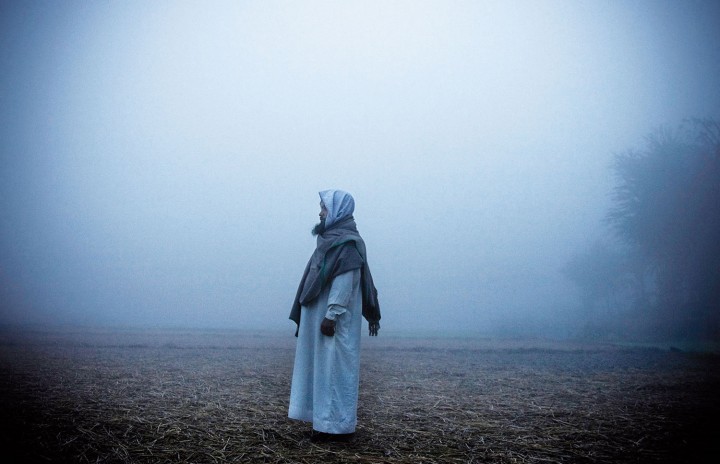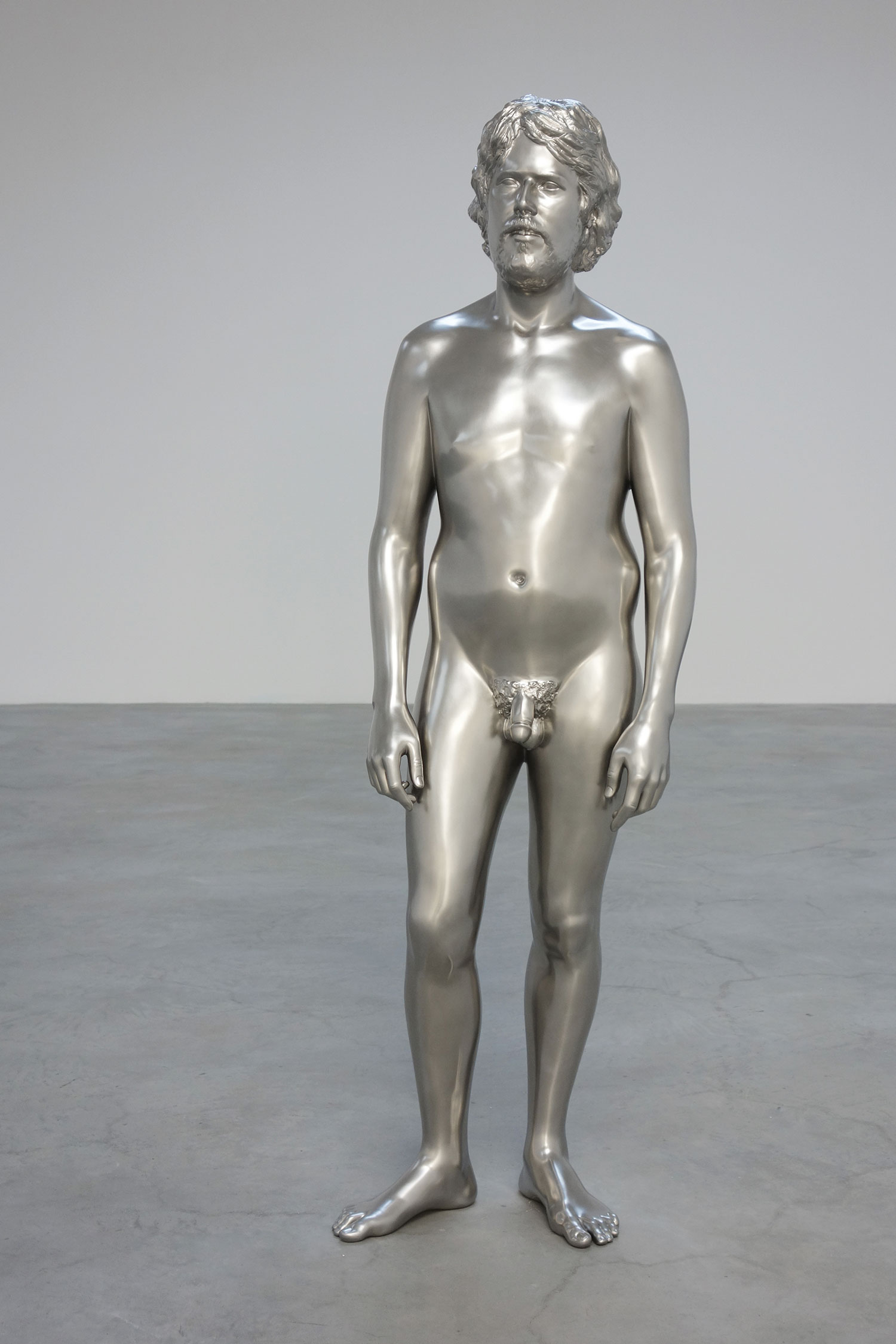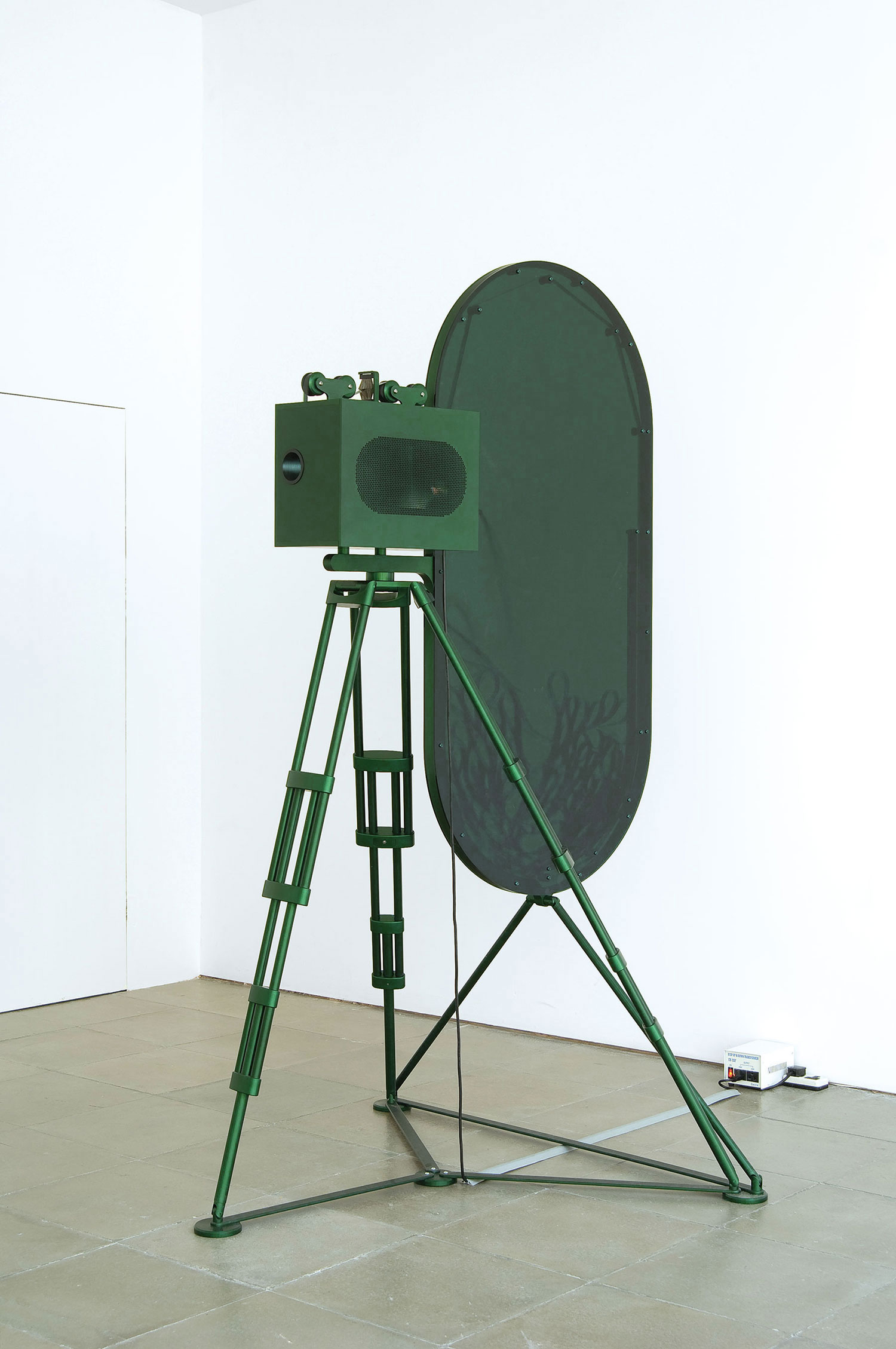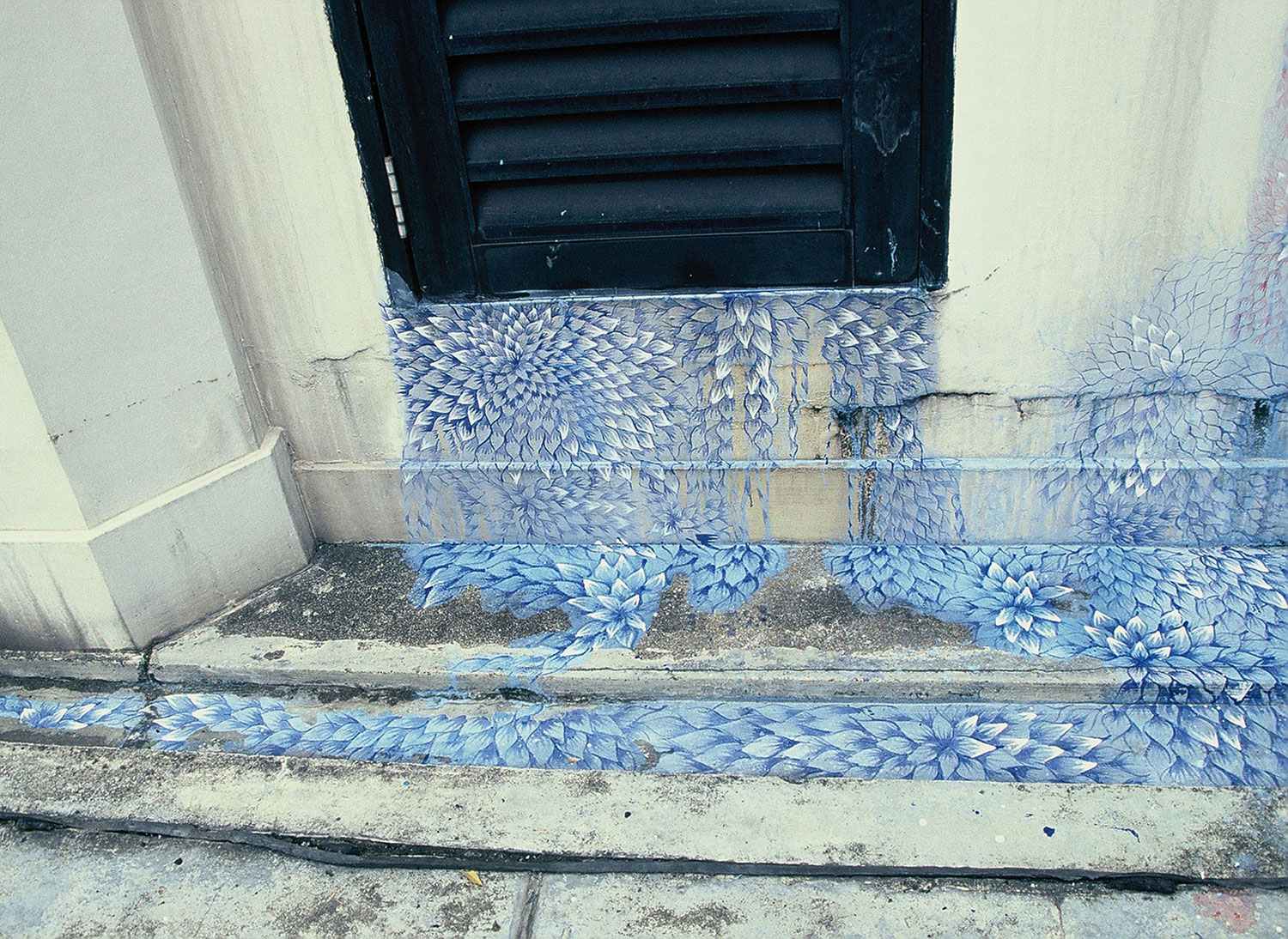
It was the early ’70s when Henry Kissinger referred to Bangladesh as an “international basket case,” which in turn was misunderstood by Bengali hacks and was mistranslated as “a bottomless basket” — shorthand for a black hole of international aid and a land of disaster visibly ridden with dark, smelly, lazy and corrupt Wogs waiting for Yankee goodies to be dumped on them.
As Walter Benjamin notes, the tradition of the oppressed teaches us that the “state of emergency” in which we live is not an exception but the rule. The trope of bottomless basket-ness highlighted the constant state of emergency that had been a part of Bangladeshi DNA and, at the same time, a wound and a trauma that birthed a national self-consciousness.
From what Benjamin calls the “homogenous, empty time” of Western history, the modern Bengali Muslim identity was C-sectioned, and the trauma of bottomless basket-ness was an important ingredient of that empty, homogenous time, without which contemporary Bangladesh’s history and identity would have been difficult to imagine. Our inability to produce a coherent historical narrative seems to be located in the inward-looking, traumatic complexity that also destabilizes the ideals of the “Bengal School of Arts” that was fomented and midwifed by Ernest Francisco Fenollosa’s most prominent student, Okakura Kakuzō.
Okakura had been to Bengal at least twice by 1905, and had written The Ideals of the East (1904) in which he postulated — on the eve of Sino-Russian war — a previously unheard of Pan-Asianism. Around the same time, the exchanges between Bengali artists and the members of the Nihon Hanga Kyōkai [Japan Painting Society] — founded by Kakuzō in 1896 — translated into Abanindranath Tagore’s trademark wash technique and a new way of invoking Bengali reality that became a makeshift template and a launching point for Indian artists of the later generations, most notably Nandalal Bose, Jamini Roy, Ramkinkar Baij, K.G. Subramanyan and, in a more diffused way, S.H. Raza, M.F. Husain and Francis Newton Souza, among others. It was a crucial time throughout the empire, and in this remote corner of Bengal there were great enunciations of practical, artistic and ideological imperatives to set out an anti-colonial and anti-imperial project.
These relations were clearly formulated as a resistance, which is also evident in the contact and contamination that Rabindranath Tagore initiated through his incessant travels to the West and in his effort to bring in foreign scholars like Leonard Knight Elmhirst, Stella Kramrisch or Sylvia Levy. Tagore’s brother Gaganendranath exhibited his typically native Cubist works at a Bauhaus show at the Indian Society of Oriental Art in Calcutta, in 1922, at which both Kandinsky and Klee were on display among 250 other artists. Kandinsky’s watercolors attracted reverent reviews.
Contemporary art in Bangladesh locates its lineage in this alternative vernacular modernism that has never been part of the great modernistic project; Bangladeshi artists take sustenance and construct meaning from a euro-eccentric art history. The following discourse looks at six contemporary artists from Bangladesh: Monirul Islam, Naeem Mohaiemen, Ruhul Amin Kajol, Munem Wasif, Atiqul Islam and Shumon Ahmed.
Monirul Islam is a veteran printmaker of 30 years whose latest solo exhibition — “Of Rupture and Continuity” at Bengal Foundation in 2011 — makes use of innovative techniques and unusual local materials: wood shavings, crushed temple brick dust, misshapen corrugated cardboard sourced from used packing boxes, handmade paper. Monirul’s investigation of abstraction — as elegant, stripped down and de-skilled as it has become — forgets formality and purity and veers from voluptuousness to austerity, from the moodiness of monochrome to the sensual tones of springtime in rural Bengal. His journey stations him in an unreal state of indeterminacy — a fluid and free state between void and the true emptiness of concepts. Though his flair for handling materials and colors can be observed throughout his works, the formations and motifs he has been using throughout his life, such as the stick figure matador, the jagged and zigzagging lines and patterns, have more recently been liberated from the saturated emotional content that Monirul is famous for trafficking. Instead, joyful mandalas invoke the transitions and uncertainties of homelessness we all have been experiencing over the past few years.
A multimedia artist, filmmaker, essayist, activist, editor and prolific writer, Naeem Mohaiemen uses texts, photos, videos and archival materials to explore the history of the international left, utopia/distopia slippage, post-partition South Asia and issues of global security.
Working between two countries — Bangladesh and the United States — Naeem sometimes explores the contradictions between Bengalis with marginal migrant status and those with authoritarian roles in their own country. As part of this modus operandi, Muslims or Heretics: My Camera Can Lie (2004) is a documentary about such overlapping multiple realities and perceptions. In I Have Killed Pharaoh (2010), a chapter of his ongoing project The Young Man Was (2006), Naeem stages the loose historical shards of two assassinations — Egypt’s third president Anwar Sadat and Bangladesh’s prime minister Sheikh Mujib Rahman — as a contesting strata of realities and relationships as contemplated through the critical lens of an artist who is constantly and ineluctably marginalized and disavowed by hegemonic ideologies. Naeem builds complex sequential scenarios that progress across emotional space; he attempts a carnivalesque inversion of ideology and a reassessment of the attitudes that re-imagine an anterior truth of the founding fiction of the Bengali nation, threading a new vision along the jagged fault lines of nationalism and identity politics.

Like a hip-hop poet, Ruhul Amin Kajol’s public art projects mix pop, politics, spirit and a strange sadness. Questioned about his retrospective at Bengal Gallery of Fine Art in Dhaka (2011), he states: “This is a show premised on illegitimate truth. I always felt greed is part of human essence, but then our essence is against philosophy. Philosophy stages truth, philosophy investigates official truths, which constitute consensual reality; I won’t find true truth in that “truth”; could legitimate and perfunctory lies tell the truth? Can you predict the process where the greed-essence and the legitimate lies can showcase elaborate and rigorous staging of certain ideas that I am using as vehicles to manifest my inner world? Looking at the artists of the ’70s — who were dependent on and reacting to what happened abroad, who happily contracted influences like diseases — struggling to express my inner reality, I realized that it is more important to say what I needed to say than making pretty art. Creating decorative and beautiful objects was not for me. Beauty has to adhere to the general laws of aesthetics. I chucked away the grammar book and intended to express my inner truth. And as my inner world started to manifest outside, it created its own grammar and became beautiful by its own criteria.”
Munem Wasif has confronted and mediated the complicity between the representation of the systemic violence of poverty and the regime of images with seriousness and theoretical rigor. Salt Water Tears (2009), his doom-laden reportage of Bangladeshi “miserabilia,” was not activated within a political vacuum; it inaugurated a refusal of neo-Oriental politics and eschewed dominant ways of thinking about an emerging reality that should not be processed in idealized, settled, schematic and totalized codes and industrial conventions. In God We Trust (2009), Munem utilized the languages of both documentary and photo reportage. It is best understood within the framework of a broader documentarian impulse that bears witness and responds to a complex, low-intensity war situation facing Islam. On the contrary, his foci oscillate from empirical accuracy to storytelling of events as they were encountered by active subjects. He distrusts language and seems deeply ambivalent about the veracity of what it describes. Unlike some of his colleagues, he is uncomfortable with the current market demand for depoliticizing the documentary in favor of a pictorial tendency in the service of consumption.
Atiqul Islam’s mutable sculptures seem to have a strong conceptual affinity with Richard Long’s work and with Land Art in general. His sculptural appropriations of traditional systems of reckoning can be seen as refractions/representations of the desire to subdue and master the staging of the ideological parameters that brutally curtail the disposition of nature. Modernist sculpture, the label with which Atiqul dialogically and shyly engages, asserts an inherent lack of roots that, in the hands of a modernist like Brancusi, makes claims to being self-referential and culturally non-specific; Atiqul, not unlike many of his Western counterparts, refuses to experience the more recent phenomenon of self-referential forms, reverting to regressive antidotes of folksy simplicity and rural archaism within the safe camouflage of traditional posturing.
Shumon Ahmed has been an iconic non-presence in the Bengali art scene. Neither a typical fine artist nor comfortable under the auspices of the strong documentary photography conventions of Bangladesh, for Shumon, the camera is a tool to negate official “reality”; the camera is a prosthetic eye to process and to cope with a world of hostile and weird images. These images appear almost as carefully staged studies of the tensions and power relations afflicting the lives of the Bengali among whom he grew up but feels increasingly alienated. His photographic tableaux The Land of the Free (2009) documents the daily life of a former Guantanemo Bay inmate from Dhaka. It initiates an open-ended and anti-documentary narrative that forms a mass of information without lineage or hierarchy; he short-circuits our understanding of the war on terror and our understanding of sanity and masculinitythrough the lens of the unconscious libidinal economy; such a reading is not a simple de-sublimation, a reduction and unpacking of an ideological formation to its lower economic or libidinal cause. The aim of such an approach is the inherent de-centering of the status of a certain reality, which brings to light its un-thought, its disavowed presuppositions and consequences, which offers a praxis of change and redemption by revising the power’s grand narrative by proposing at least two things: on one hand that historical moments should be pluralistic micro-narratives plotted as confrontations rather than transition; and on the other hand that such confrontations with power are signaled by a functional change in the system of signs.





